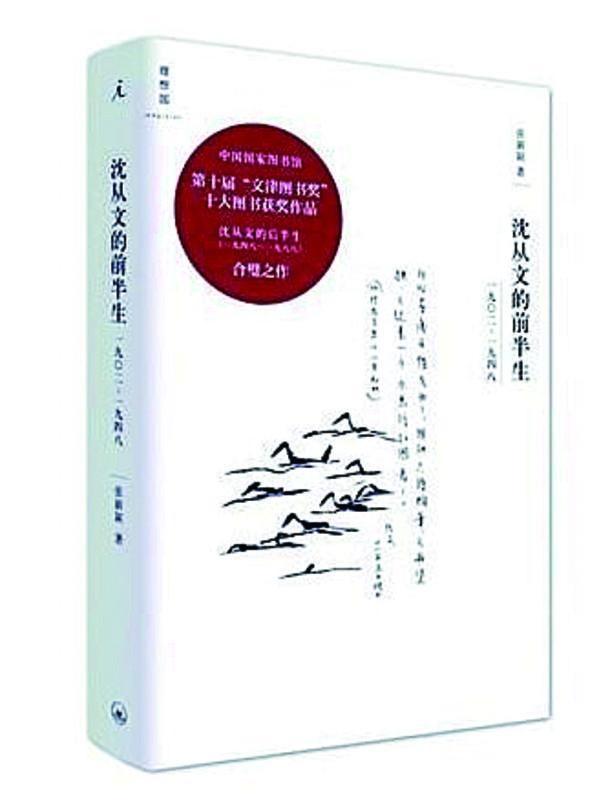陇优学习帮,专注中小学生学习资料分享,欢迎您的关注
七年级下册英语的知识点已经梳理到第三单元了。本节内容,小陇老师继续梳理七下英语第四单元的内容,主要给同学们整理出了20个常考点,作为初一党,务必要掌握的。
本单元要求同学们要掌握以下内容:1、单词、短语和经典句型;2、能熟练谈论对某些规章制度的看法并进行简单的对话;3、能读懂用英语表达相关规定的文章;4、能学会制定一些公共场合的规则;5、学会自觉遵守班规校规,并能对有关制度提出合理化建议。以下是老师总结的本单元的所有考点,同学们快收藏。

1、be late for = arrive late for 意为“干……迟到”(考查同义句转换)
如:Don't arrive late for't be late for class.上课不准迟到。
2、arrive,reach 和get 的区别
(1)arrive 表示“到达” 时,后常跟介词in/ at ,in 后接“大地方”,at 后接“小地方”。但如果arrive 后接地点副词,则就不需要in/ at 。
如:arrive in Beijing 到达北京 arrive at bus stop 到达公公汽车站 arrive home 到家
(2)reach 后直接接地点。如:reach school/ office 到达学校/办公室
(3)get to 地点,但若后是地点副词,也就要把to 省略。如:get to park到达公园get home / there/ here 到家/到哪儿/到这儿。
3、in time 和on time 的区别
(1)in time 意为“及时”,指不迟到或在规定时间之前做某事。I reached train station in time.我及时赶到了车站。
(2)on time 意为“准时;按时”,指按规定的时间做某事。The subway arrives on time.地铁准时到达。

4、listen to和hear 的区别
listen to 侧重于“听的动作”; hear 强调“听的结果”。如:
The girl is listening to teacher, but she hears nothing.这个女孩在听老师讲话,但是她什么也没有听到。
5、in class、in the class room 和in the class 的区别
in class 意为“在课堂上;在上课”; in the class 意为“在班上;” in the classroom 意为“在教室里”。
6、fight with sb.= have a fight with sb.意为“与某人打架”
如:Don't fight with other kids at school = Don't have a fight with other kids at school.不准在学校打架。
7、句型:It's 形容词 for sb. to do sth.意为“做某事对某人来说是怎么样的”
It's very important for me to do the work.做这个工作对我来说是非常重要的。

8、bring 、take 和get 的区别
(1)bring 意为“带来”,指从别的地方带到说话者所在的地方来。常用句型:bring sth./sb. to ……。
(2)take 意为“带走”,指从说话者所在的地方带到别处去,常用结构:take sth./sb. to ……,与bring 相反。
(3)get 意为“去拿来”,指从说话者指定的地方带到说话者所在的地方。
9、practice 名词/代词/doing sth.意为:“练习、训练”
I often practice speaking English in the morning.我经常在早上练习口语。
10、help的用法
(1)help sb. (to) do sth.意为“帮助某人做某事”,这里的“to”既可以带上也可以去掉。
Mary sometimes helps her mother do the dishes.=Mary sometimes helps her mother to do the dishes.玛丽有时帮助她的妈妈清洗餐具。
(2)help sb. with sth./doing意为“帮助某人做某事”。
Jim often helps his brother with studying English.吉姆经常帮他的弟弟学习英语。
(3)help oneself to…意为“请随便用……”。
Help yourself to some food.随便吃一点吧。
(4)help作名词,是不可数名词。
Thanks for your help.谢谢你的帮助。

11、too much,too much和much too的区别
(1)too many和too much意为“太多”,too many后跟可数名词复数形式;too much后跟不可数名词。
too many trees 太多的树
too much water 太多的水
(2)much too意为“太”,后常接形容词/副词。
She is much too cute.她太聪明了。
12、forget和leave的区别
forget意为“忘记”,指记不起某事物,不与地点连用;leave意为“忘了带;丢下”,通常与地点连用。
Don't leave the dirty dishes in the kitchen.别把脏餐具留在厨房里。
13、read,look,see和watch的区别
(1)read 后常接“书、报、杂志”等。
I like reading books/newspapers/magazines.我喜欢看书/报纸/杂志
(2)look侧重看的“动作”,后常接介词to。
Look at the blackboard.看黑板。
(3)see指看的“结果”。
What can you see?你能看见什么?
(4)watch常和“电视、节目、游戏”等连用。
We seldom watch TV on school nights.我们很少在上学日的晚上看电视。

14、be strict with sb.对某人要求严格
Our teachers are very strict with us.我们老师对我们要求很严格。
15、remember的用法
(1)remember doing sth.记得做过某事(已经做了)
I remember finishing the homework.我记得作业完成了。
(2)remember to do sth.记得要做某事(还没没有做)。
Remember to close the door when you leave.当你离开的时候,记得关门。
16、Have fun doing sth.做某事很开心
I have fun learning English.我学英语很开心。
同义短语:have a great time/Enjoy oneself.
17、keep 宾语 形容词 意为“使……保持某种状态”
I want to keep my hair short.我想留短发。(必须是形容词)。

18、learn的用法
(1)learn to do sth.学习做某事
I don't want to learn to make soup.我不想学习做汤。
(2)learn from意为“向……学习”。
You can learn from your friends.你可以向你的朋友们学习。
(3)learn 宾语 by oneself意为“自学”。
He learns guitar by himself.他自学弹吉他。
19、wear the school uniform=wear a uniform at school穿校服
20、宾语从句中,从句必须用陈述语序。
Can you tell me how I can get to airport?你能告诉我怎么才能到达机场吗?
Tom doesn't know where the library is.汤姆不知道图求关注在哪儿。
以上就是本节小陇老师分享给伙伴们的内容了,希望对初一的小伙伴有所帮助。希望伙伴们都能学好英语,考出棒棒的成绩。
我是小陇,感谢您的关注,更多学习干货,持续分享。
,




